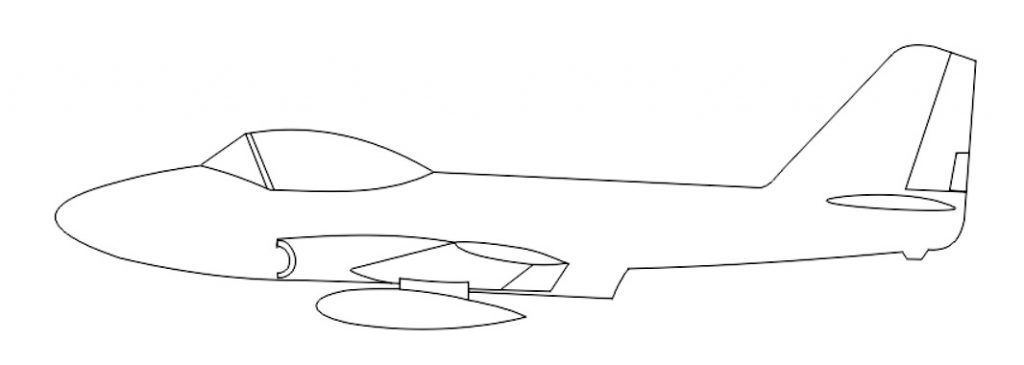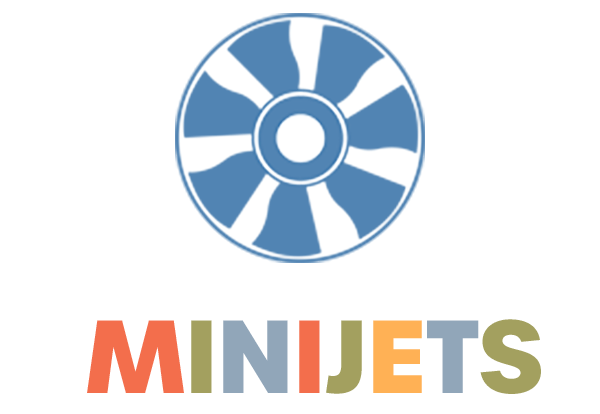[svg-flag flag= »jp » size= »1.1″ size_unit=em] Shin Meiwa Industry
Project KJT-1
In 1955, RAF Flying Review published an article on the five jet trainer designs competing for orders from the Japanese Air Defense Force. We find there:
- The Fuji FJT-51
- The Fuji FJT-21
- The Mitsubishi JTM-1
- The Kawasaki-Gifu KAT-2
- The Shin Meija KJT-1
The Shin Meiwa KJT-1 basic trainer was designed for two 900 lb. thrust Marbore’s ( or alternatively, the Allison J33 turbojet ). The turbojets would be mounted side-by-side in the fuselage, were fed via lateral intakes and exhaust under the rear fuselage.
The KJT-1 had an estimated maximum speed of 478 m.p.h. and an endurance of 2.2 hours cruising at 311 m.p.h. at 26,250 ft.
The crew of two were seated side-by-side.
Shin Meiwa Industry Co.
In the immediate postwar era, the Allied Occupation authorities imposed a ban on aircraft manufacture that was to last until April 1952.
Founded in 1949, Shin Meiwa Industry Co., Ltd. (the name was anglicized to ShinMaywa in 1960) turned Kawanishi’s technological skills to the production of motorcycles and dump trucks.
Soon after the outbreak of the Korean War in June 1950, the company received contracts to manufacture drop tanks for U.S. Air Force aircraft and moved on to overhauls of the nascent Japan Air Self-Defense Force’s Sikorsky S-51 helicopters from September 1954.
Nowadays, the company is responsible for overhauling JASDF U-4 (Grumman Gulfstream IV SP) and JMSDF U-36A (Learjet 36A) aircraft.


